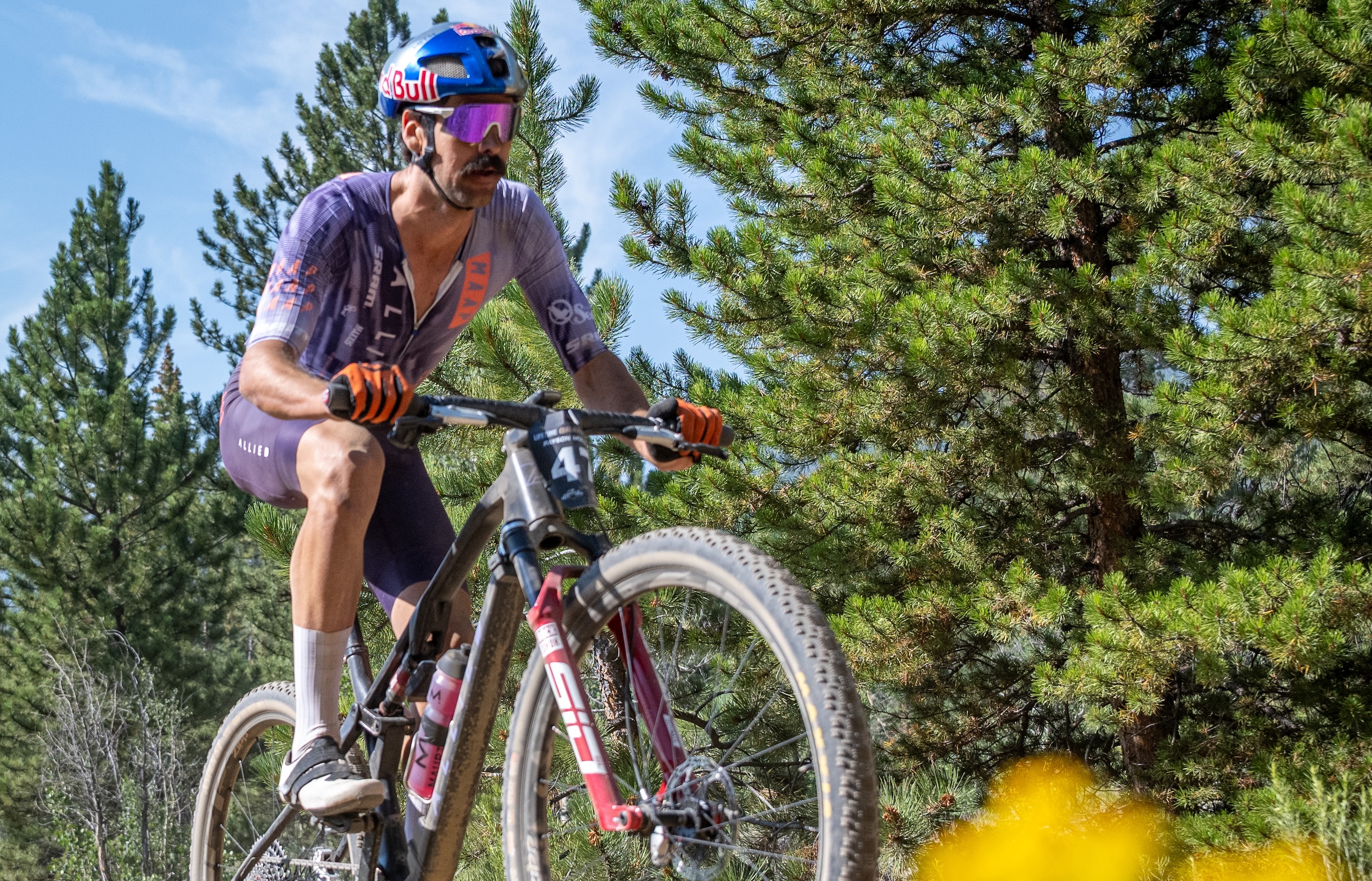Vayer casts doubt over performances of Indurain and Jalabert
Says Armstrong was some way behind in doping race


Former Festina coach Antoine Vayer has cast doubt on performances produced by Miguel Indurain and Laurent Jalabert in Grand Tours during the 1990s, describing them as only being achievable by “mutants”. Working in collaboration with French daily Le Monde, Vayer has been calculating the power output of the sport’s top stage racers on major climbs since 1999 and has regularly suggested that many of them were beyond belief.
Asked about the World Anti-Doping Agency’s description of disgraced Tour de France champion Lance Armstrong as benefiting from “the most effective doping program in history,” Vayer responded, “With his record average of 438 watts on the 2001 Tour, ‘The Boss’ only manages sixth place in our palmarès. He looks almost like a bit-part player next to ‘king’ Miguel Indurain, who has five Tours to his credit. The Spaniard seems unlikely to be dethroned thanks to his average of 455 watts in the 1995 edition… The fact that Armstrong’s reign began after the Festina affair in 1998 and the introduction of the EPO test forced him to pay more ‘attention’. He couldn’t take EPO in an unlimited way like his predecessors”.
Speaking to Le Monde two days before the publication of his new book, "La Preuve par 21", which investigates the power output of Tour de France winners since 1983, Vayer also put together a list of the Tour winners who had produced the greatest power output over the course of the last 30 years, ranking Indurain (1995 version) at the top with 455 watts, ahead of Bjarne Riis (449) and Marco Pantani (446).
According to Vayer’s rating scale, any figure over 450 falls into the “mutant” category, while those between 430 and 450 are described as “miraculous”. Three more Tour winners appear among the “miraculous” – Jan Ullrich (441), Alberto Contador in 2009 (439) and Lance Armstrong in 2001 (438).
Asked if any Tour winner since 1983 is beyond suspicion, Vayer said Greg LeMond “seems to have always produced ‘human’ performances”. He gave LeMond’s average power output during his three Tour-winning years as 381 watts in 1986, 408 in 1989, and 407 in 1990. He added that “following the arrival of EPO at the start of the 1990s, any rider who could produce 400 watts for 20 minutes could subsequently manage to put out 440 watts over 40 minutes! That was the case with the Dane Bjarne Riis… who, in 1993 was stuck at 399 watts, but progressed to 449 watts during his winning Tour in 1996 when he was 32. LeMond remained at 410 watts after 1990 and was dropped by older riders who had become thoroughbreds.
With regard to Laurent Jalabert, a sprinter in his early years as a pro and twice crowned King of the Mountains at the Tour towards the end of his career, Vayer said, “During the Vueltas of 1996 and 1997, the former [Tour de France] green jersey climbed to Lagos de Covadonga, 8.5km at 9.18%, in less than 25 minutes, producing 468 and 478 watts, respectively. On the Tour, we even had to re-baptise the ascent of the Col de Mende the ‘Montée Jalabert’, after his 495 watts in 1995!”
Vayer describes the last 30 years as being split into three different eras. “Before 1990, we were in the pre-EPO era: riders were flirting with the figure of 410 watts thanks to corticoids and steroids. Then there was a leap to 450 watts with the arrival of massive usage of EPO up to 1998. After the introduction of the EPO test, blood transfusions made a big return: that was in the Armstrong era, where levels stabilised at 430 watts. Since 2011, we can talk about a new ‘mixed’ era where performances have taken a step down but there are some suspect power outputs above 410 watts.”
The latest race content, interviews, features, reviews and expert buying guides, direct to your inbox!
Peter Cossins has written about professional cycling since 1993 and is a contributing editor to Procycling. He is the author of The Monuments: The Grit and the Glory of Cycling's Greatest One-Day Races (Bloomsbury, March 2014) and has translated Christophe Bassons' autobiography, A Clean Break (Bloomsbury, July 2014).
